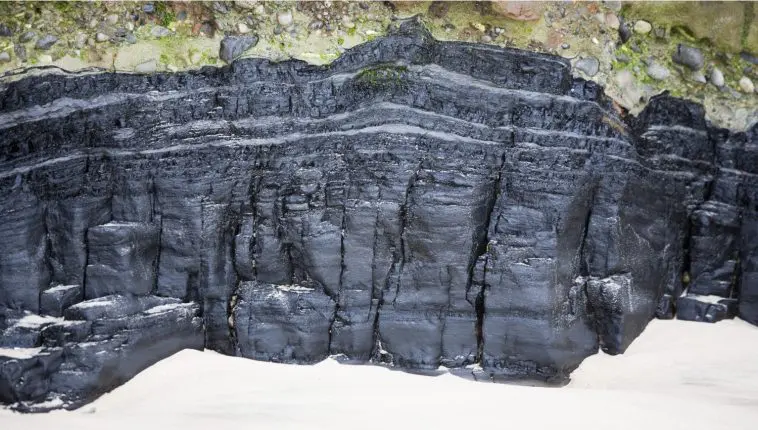[Originally published as A question about coal]
A reader sent the following email with a question about coal:
Hello,
First thank you for your brilliant site. There is a wealth of technical information put in simple terms, which is a great help to a non-geologist like me. Evolutionists really do tie themselves in mental knots trying to deny the plain evidence don’t they!
I have a question about this article: Coal: Memorial to the Flood
You say:
“When the brown coal burns, it leaves hardly any ash behind. The ash produced from most of these coals ranges from 1.5–5%,6 which is less than the 3–18% ash in typical peat.7 The low ash is consistent with the vegetation being transported and washed by water, not with lying in a swamp for tens of thousands of years.”
Why should the brown coal transported by water burn more efficiently? Is it because mineral debris has been washed out of it, which would not happen if it was built up slowly in a swamp?
This would seem the most likely answer, but maybe there is some other factor that I missed?
Thanks and God bless you.
Jeannette
Here’s my response:
Hi Jeannette,
It is not because the mineral debris has been washed out but because it has not got into the coal.
If the vegetation had been lying around, gradually accumulating over thousands of years, we would expect airborne sand and dust to be dropped on it and muddy water to flood it, leaving much non-combustible material in it. The low percentage of ash indicates that there was not much time for these impurities to accumulate in it.






